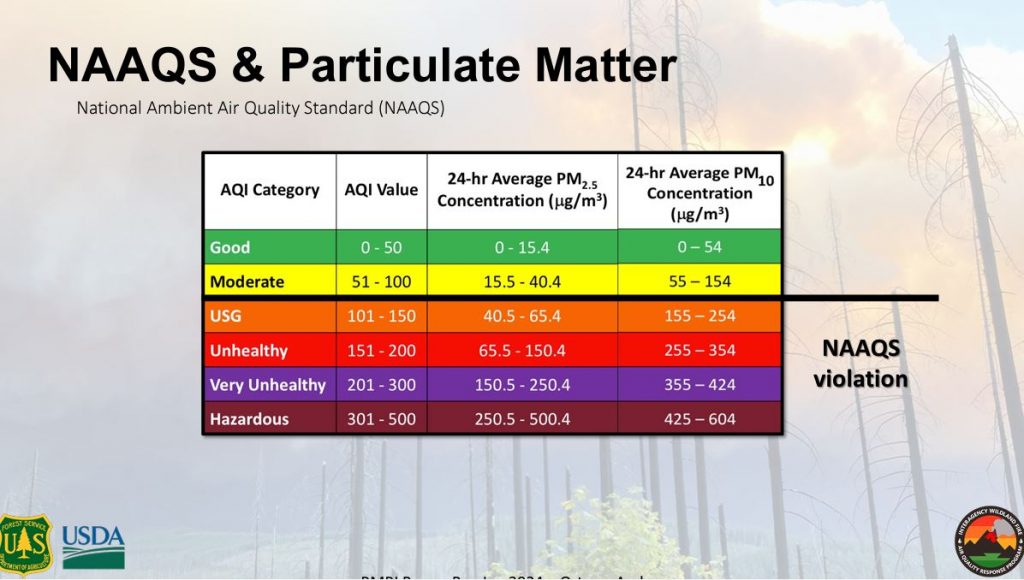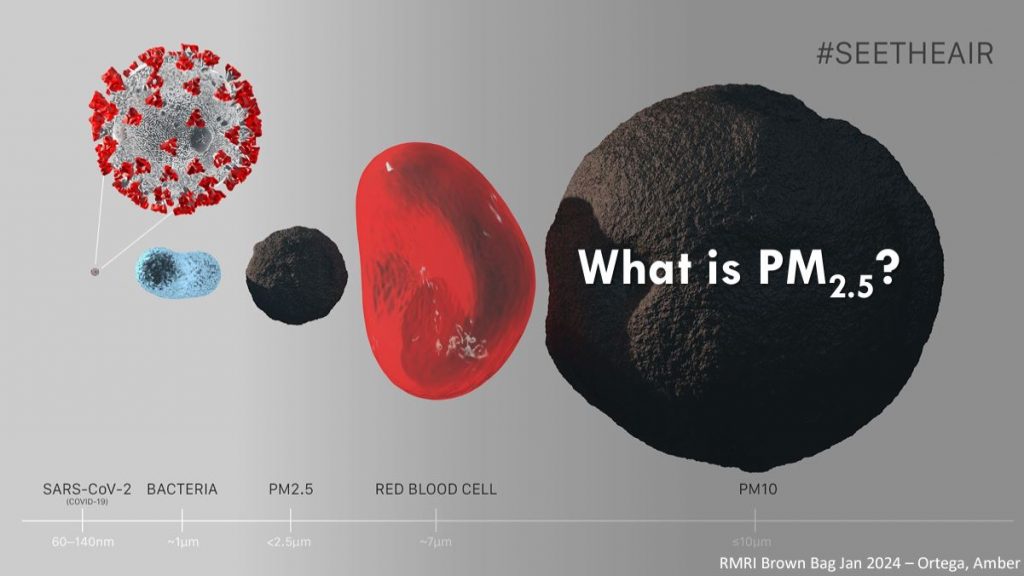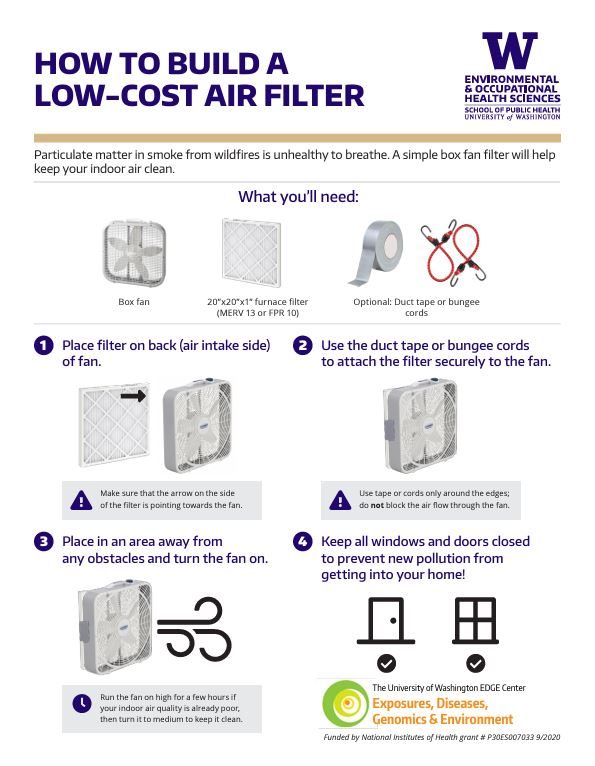Building Smoke-Ready Community Resilience for a Safer Future
As wildfire season approaches, it is important for communities to not only be wildfire ready, but also smoke ready. Just like wildfire, smoke in the air has no boundaries and it affects us all.
During a recent presentation hosted by the Rocky Mountain Restoration Initiative, Dr. Amber Ortega, USDA Forest Service national smoke monitor cache manager and regional smoke coordinator, discussed the importance of being smoke-ready with organizations all across the West.
She explained that, although most of us view smoke from forest fires as negative, we should expect smoke from prescribed burn projects in order to protect ourselves from catastrophic wildfire. Monitoring air quality during both catastrophic wildfires and prescribed burns revealed a significant finding: while catastrophic wildfires led to months of air quality violations, prescribed burns produced no violations. An air quality violation is determined by the level of particle pollution in the air over a 24-hour period.

Individuals can monitor the air quality in their area using the Air Quality Index, found at Fire.airnow.gov. This monitoring is particularly important for sensitive groups, including individuals with heart or lung disease, older adults, children, pregnant individuals and those who spend significant time outdoors. By monitoring the air quality in their community, individuals can effectively reduce their risk of being impacted by wildfire smoke.
Wildfire smoke comprises particles, gases, water vapor and hazardous air pollutants. The main concern for protection is particulate matter (PM), which consists of microscopic solids or liquid droplets small enough to be inhaled. PM 2.5, in particular, is of significant concern as its size allows it to penetrate deeply into the lungs and bloodstream, exacerbating respiratory and cardiovascular problems.

Wildfire smoke can adversely affect health, safety, economics and daily life. Nevertheless, there are numerous measures individuals can take to reduce their risk and prepare for smoke exposure. To protect against these pollutants, individuals can do these things when the air quality in your area becomes hazardous:
- Stay indoors with windows and doors closed.
- Minimize time in heavy smoke.
- Wear an N95 mask.
- Keep indoor air clean (central air filter, portable air filter, or DIY air filter).
Having air filters in your home can significantly enhance indoor air quality. Even if you don't have access to a ready-made filter, crafting a DIY version is straightforward and requires just three materials: a box fan, a MERV 13 air filter and duct tape.

“I was struck by Dr. Ortega’s opening comments that, to paraphrase, said ‘humans are also a fire-adapted species. There was fire before us, and there will be fire after us,’” said David Nikonow, NWTF district biologist in Colorado, Wyoming and Montana. “And how the sight or smell of smoke stimulates some primitive part of our brains.”
Wildfire has played a significant role throughout human history, and along with it comes the inherent risk of smoke exposure. Being prepared for smoke means that both communities and individuals possess the necessary knowledge and resources to safeguard their health and well-being when smoke is present. For a comprehensive understanding of wildfire smoke and how to prepare effectively, you can watch the entire presentation below.
